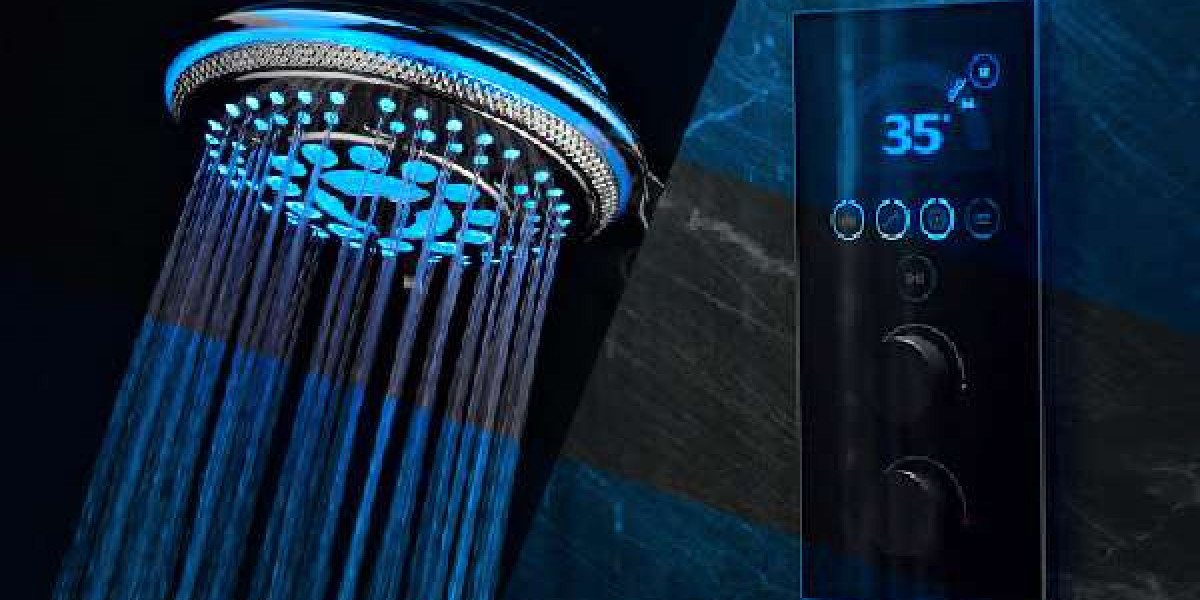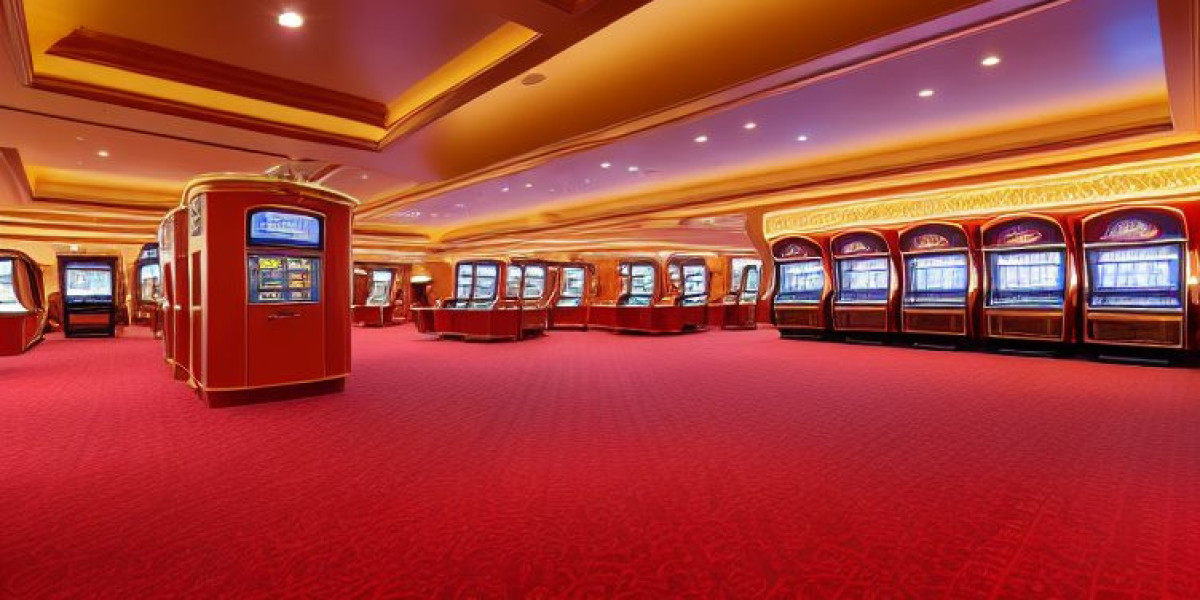The economic footprint of the smart bathroom industry is substantial and continues to expand rapidly as technology becomes more integrated into our homes. The current Smart Shower Device Market Value is a significant figure, reflecting the considerable consumer and commercial spending on these advanced systems. This multi-million-dollar valuation is not derived from a single product but is an aggregate of the global sales of all components, including digital thermostatic valves, electronic control panels, smart showerheads, and the software that powers them. The high market value underscores the industry's successful positioning of these products as premium, high-value additions to the modern home, commanding a significantly higher price point than their traditional, non-connected counterparts and signaling a strong willingness from consumers to invest in comfort, convenience, and efficiency.
Several key factors contribute to this impressive market valuation. The primary driver is the high average selling price (ASP) of smart shower systems. These are complex electronic and plumbing devices, and their price reflects the advanced technology, research and development costs, and premium materials involved. Revenue from the residential sector makes up the largest portion of the market's value, driven by both the high-end new construction market and the increasingly popular home remodeling and renovation segment. The commercial sector also contributes significantly to the overall value, with luxury hotels, spas, and fitness centers making large-scale purchases to differentiate their offerings and enhance the guest experience, often leading to substantial B2B contracts for manufacturers.
Geographically, the market value is currently concentrated in developed regions. North America holds the largest share, thanks to high levels of disposable income, a strong culture of home improvement, and widespread adoption of smart home technology. Europe follows closely, with a particularly strong emphasis on the water-saving and energy-efficiency aspects of these devices, driven by stringent environmental regulations and high utility costs. However, the Asia-Pacific region is projected to be the fastest-growing market, with a burgeoning middle class, increasing urbanization, and a growing appetite for luxury and technology-driven home products. This global demand ensures that the market's overall valuation will continue its steep upward climb in the coming years.







